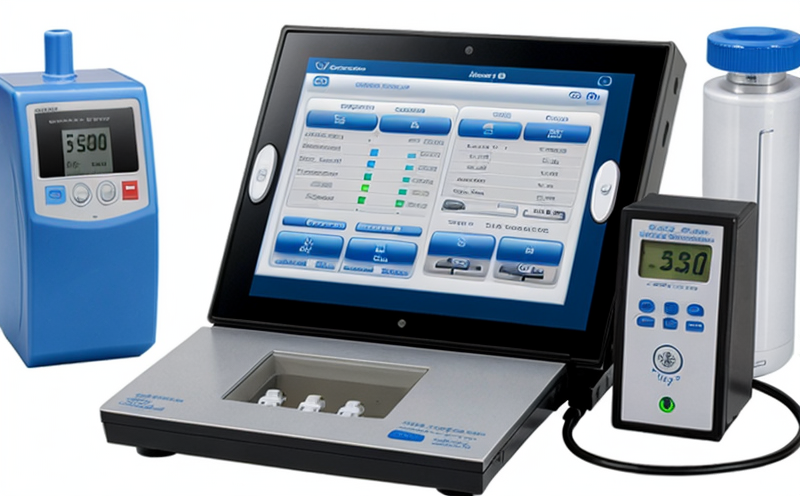Pyrogenicity Testing in Infusion Devices (USP )
The pyrogenicity test, as per USP [1] <151>, is a critical quality assurance procedure designed to ensure the safety of infusion devices and drug delivery systems. This test evaluates whether the device or its components can induce a pyrogenic response in humans, which could lead to fever or other adverse reactions. The primary target for this test is the infusion system, including pumps and related accessories used to deliver sterile solutions into patients.
The significance of this test lies in the potential risks associated with medical devices that come into contact with intravenous fluids or drugs. Pyrogenic contaminants can originate from various sources such as raw materials, manufacturing processes, or packaging. By conducting pyrogenicity tests, manufacturers and quality assurance teams ensure that their products meet regulatory standards and do not pose a health risk to patients.
The test is particularly important for infusion devices because they are used in critical care settings where even minor infections can have severe consequences. The reliability of these systems cannot be compromised; hence stringent testing protocols must be followed. This service ensures compliance with international standards, including USP [1] <151>, which provides detailed guidelines for the procedure.
The test involves exposing a known amount of fluid to the infusion device and then inoculating it into rabbits. The animal's body temperature is monitored over time, and any changes are recorded. If there is an increase in body temperature that exceeds predefined thresholds, the sample fails the test. This process helps identify potential pyrogenic substances early on, allowing for corrective actions before product release.
The importance of this service extends beyond mere compliance; it represents a commitment to patient safety and ethical manufacturing practices. Compliance with USP [1] <151> is not just about meeting regulatory requirements but also about safeguarding public health.
Why It Matters
The pyrogenicity test in infusion devices plays a vital role in ensuring patient safety and compliance with international standards. Infusion systems, especially those used in critical care settings, are designed to deliver sterile solutions directly into the bloodstream. Any contamination from pyrogenic substances could lead to severe health issues such as fever, chills, or even more serious complications like sepsis.
- Protects patients from adverse reactions
- Avoids potential legal and reputational risks for manufacturers
- Maintains compliance with regulatory standards
- Safeguards the integrity of infusion systems in critical care settings
The test ensures that the devices used are reliable, safe, and effective. By identifying and addressing pyrogenic issues early on, this service helps prevent costly recalls and product withdrawals later.
Scope and Methodology
| Test Parameters | Description |
|---|---|
| Inoculation Volume | The volume of the test solution inoculated into rabbits is specified by USP [1] <151> |
| Rabbit Selection Criteria | Specific breed and weight requirements are outlined for testing |
| Incubation Time | The duration during which the inoculated rabbits are observed is defined by the standard |
| Temperature Monitoring | Continuous temperature measurement using calibrated thermometers |
The USP [1] <151> provides comprehensive guidelines for conducting pyrogenicity tests. The test involves inoculating a known volume of the infusion solution into rabbits and monitoring their body temperature over time. If there is an increase in body temperature greater than 0.6°C above baseline, the sample fails the test.
The methodology ensures that all critical parameters are accounted for, providing accurate results that can be relied upon during product development and quality control.
Benefits
- Enhanced Patient Safety: Ensures that infusion devices do not introduce pyrogenic contaminants into patients' systems.
- Regulatory Compliance: Meets stringent international standards, including USP [1] <151>, ensuring compliance with regulations.
- Risk Management: Identifies and mitigates potential risks early in the product lifecycle.
- Reputation Protection: Maintains a strong brand image by delivering safe, reliable products.
The benefits of this service extend beyond compliance; it fosters trust among healthcare providers and patients. By ensuring that only high-quality devices reach clinical use, this service contributes to better patient outcomes and overall healthcare quality.





